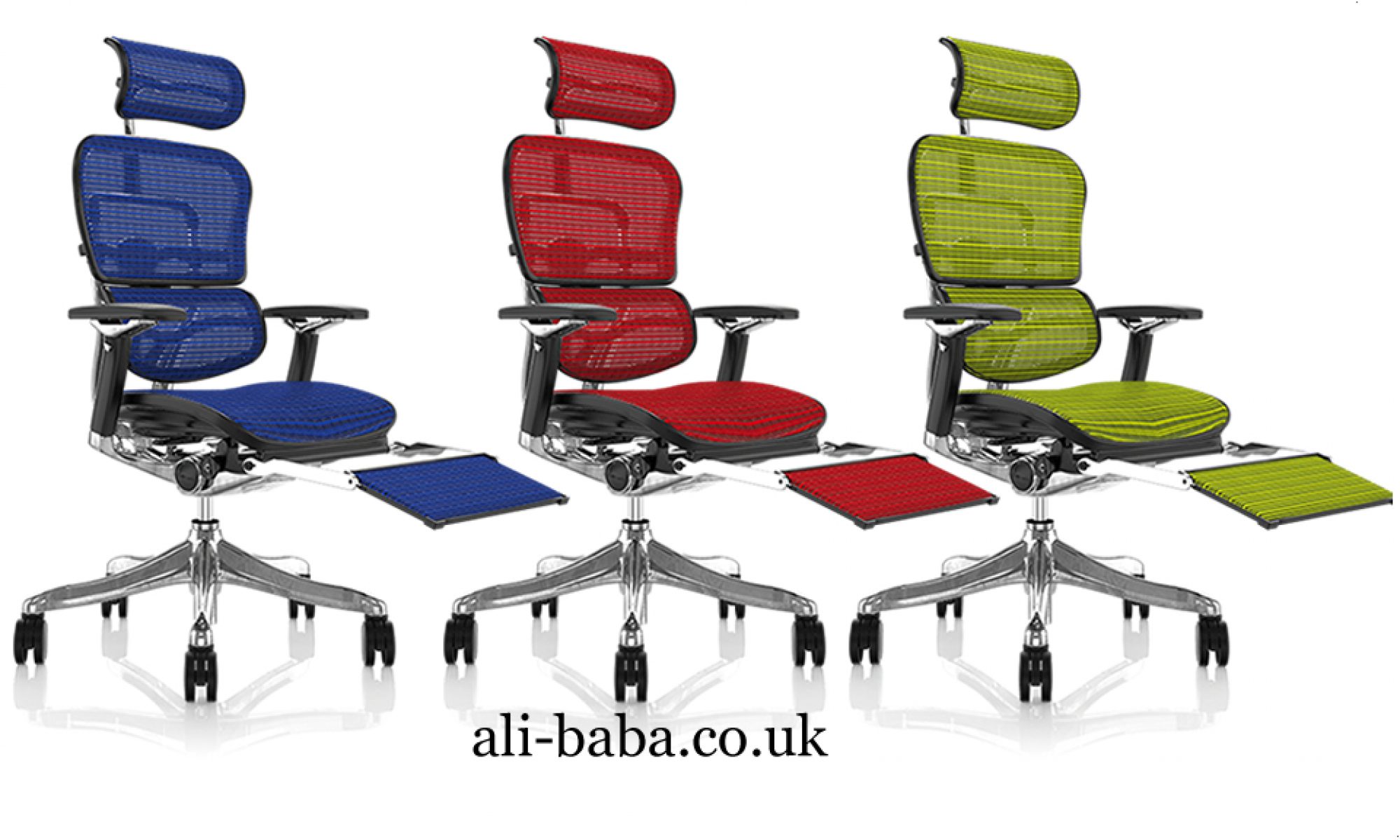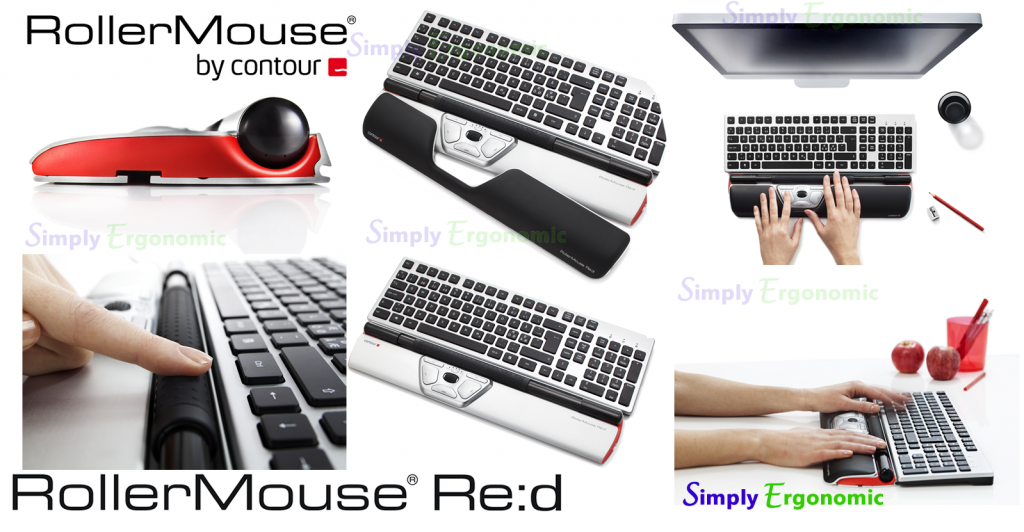The Ergohuman chair is now Certified in the UK and is 97% Eco-friendly
Certified to BSEN5459 (2000) Part 2 : structurally suitable and sufficiently stable for use as an office chair for up to 24 hours a day, when used by persons up to 150kg in weight.
Eco-friendly – 97% of the Ergohuman® chair is made with recycleable materials
ERGOHUMAN conforms to BS 5459-2:2000 Specification for performance requirements and tests for office furniture. Office pedestal seating for use by persons weighing up to 150kg and for use up to 24 hours a day, including type-approval tests for individual components
BS 5459-2 specifies performance requirements and test methods for the structural safety and stability of office pedestal seating when used by persons weighing up to 150 kg, or when used for up to 24 hours a day, including chairs for use with tables and desks higher than those specified in BS EN 527-1.
It also specifies requirements and test methods for type-approval of bases, columns, seat actions, back stems and locking devices.
BS 5459-2 seeks to ensure that the seating will not become a danger or cause injury to users when it is used as office seating in a manner which is foreseeable

The Ergohuman Ergonomic Office Chair is an innovative, modern, ergonomic chair that combines complete functionality with optimal comfort. The Ergohuman utilizes state of the art upholstery coupled with a wide array of ergonomic functions to make this chair perfect for any user. A synchro-tilt mechanism allows for smooth, controlled adjustments while keeping your body in an ergonomically correct position. Versatile casters allow for nice movement on carpeted or hard surfaces. This is an opportunity to sit comfortably in one of the newest ergonomic mesh chair today.
View the other ergonomic office chairs from Simply Ergonomic like the Enjoy Mesh Office Chair, Ergohuman Plus or the Ergohuman Leather

